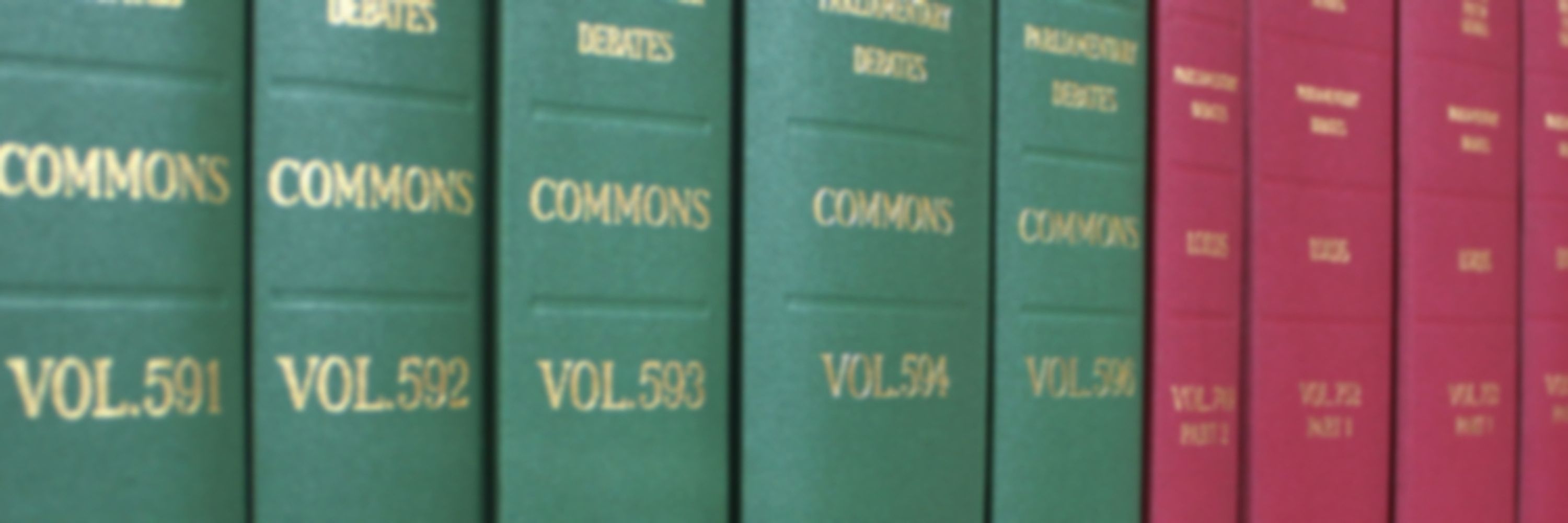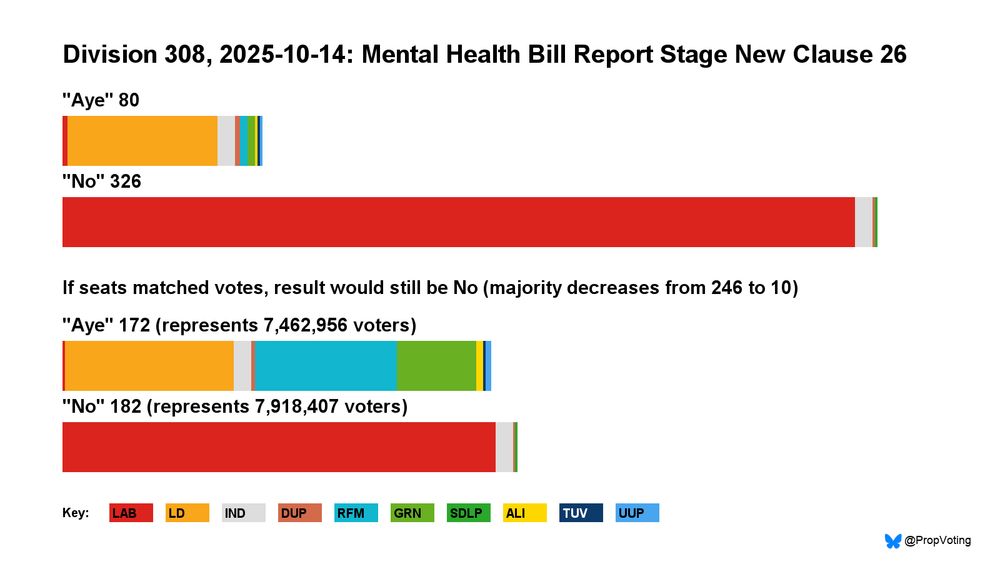Proportional Commons
@propvoting.bsky.social
4.1K followers
490 following
1.1K posts
Recounting UK House of Commons divisions in proportion to the GE24 popular vote. See FAQ: http://tinyurl.com/4hxyc8e7
#MakeVotesMatter #ProportionalRepresentation
Previously @PropVoting on Twitter.
Posts
Media
Videos
Starter Packs
Pinned










